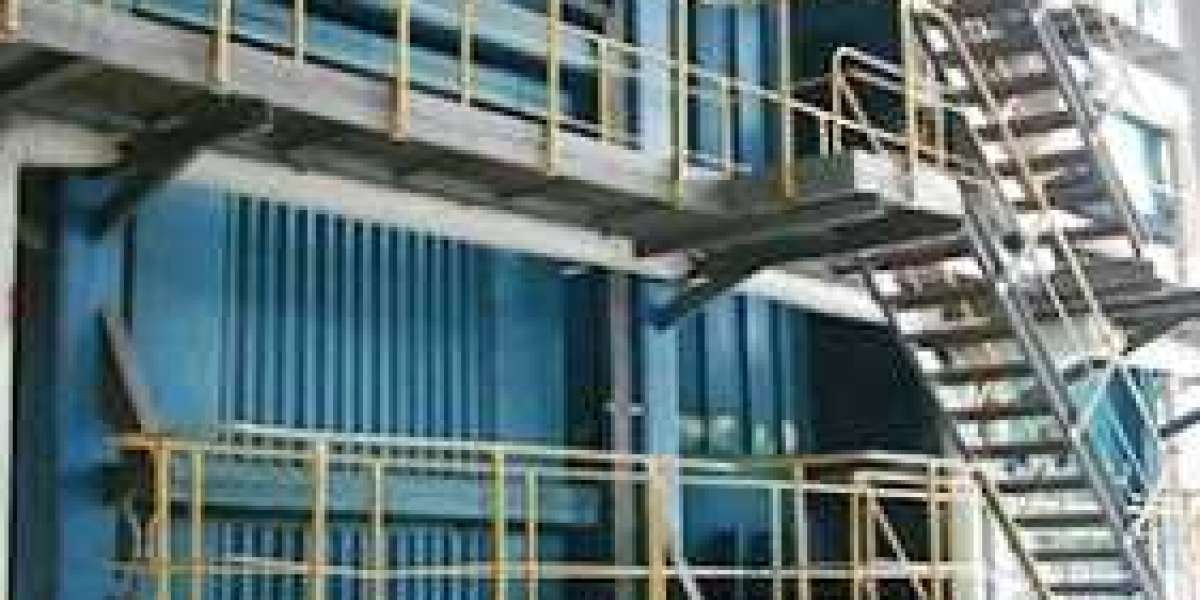Biomass-fired boilers are a type of renewable energy technology that utilizes organic materials derived from plants or animals to generate heat. These boilers have gained significant attention in recent years due to their potential to reduce greenhouse gas emissions and dependence on fossil fuels. This article provides an overview of biomass-fired boilers, including their working principle, types, components, and operation.
Biomass-Fired Boilers: An Overview
Biomass-fired boilers are heating systems that use organic materials, such as wood pellets, agricultural waste, and dedicated energy crops, as fuel. These boilers are designed to generate heat by burning biomass, which is a renewable and carbon-neutral energy source. Unlike fossil fuels, biomass does not contribute to the net increase of carbon dioxide in the atmosphere, making it an environmentally friendly alternative.
Working Principle of Biomass-Fired Boilers
The working principle of biomass-fired boilers is similar to that of conventional boilers. The biomass fuel is fed into the combustion chamber, where it is ignited and burned. The heat generated from the combustion process is transferred to water or steam, which is then used for various heating or power generation applications.
The combustion process in biomass-fired boilers can be divided into three stages: drying, gasification, and combustion. During the drying stage, the moisture content of the biomass fuel is reduced to a suitable level. In the gasification stage, the biomass is converted into combustible gases, such as carbon monoxide, hydrogen, and methane. Finally, in the combustion stage, these gases are burned to release heat energy.
Types of Biomass-Fired Boilers
There are several types of biomass-fired boilers available in the market, each with its own advantages and applications. Some common types include:
Stoker Boilers: Stoker boilers are the most widely used type of biomass-fired boilers. They feature a grate system that allows for the efficient combustion of biomass fuels. Stoker boilers are suitable for a wide range of biomass fuels, including wood chips, sawdust, and agricultural residues.
Fluidized Bed Boilers: Fluidized bed boilers use a bed of inert material, such as sand or limestone, to suspend and burn the biomass fuel. This technology allows for better combustion efficiency and lower emissions. Fluidized bed boilers are commonly used for large-scale power generation.
Pellet Boilers: Pellet boilers are specifically designed to burn wood pellets, which are a highly efficient and uniform biomass fuel. These boilers are compact, easy to operate, and suitable for both residential and commercial applications.
Components and Operation of Biomass-Fired Boilers
Biomass-fired boilers consist of several key components that work together to ensure efficient and reliable operation. These components include:
Fuel Storage and Handling System: Biomass fuels need to be stored in a dry and controlled environment to maintain their quality. A fuel storage and handling system is responsible for storing, conveying, and feeding the biomass fuel into the boiler.
Combustion Chamber: The combustion chamber is where the biomass fuel is burned to release heat energy. It is designed to optimize the combustion process and ensure complete combustion of the fuel.
Heat Exchanger: The heat exchanger is responsible for transferring the heat energy from the combustion chamber to the water or steam. It consists of a series of tubes or plates that allow for efficient heat transfer.
Control System: The control system regulates and monitors the operation of the biomass-fired boiler. It ensures that the combustion process is optimized, and the boiler operates within safe and efficient parameters.
Conclusion
Biomass-fired boilers offer a sustainable and clean solution for energy generation. By utilizing organic materials as fuel, these boilers reduce our reliance on fossil fuels and contribute to the reduction of greenhouse gas emissions. With various types and components available, biomass-fired boilers can be tailored to meet specific heating or power generation requirements. As the world continues to prioritize sustainable energy sources, biomass-fired boilers are likely to play a significant role in the transition towards a greener future.













